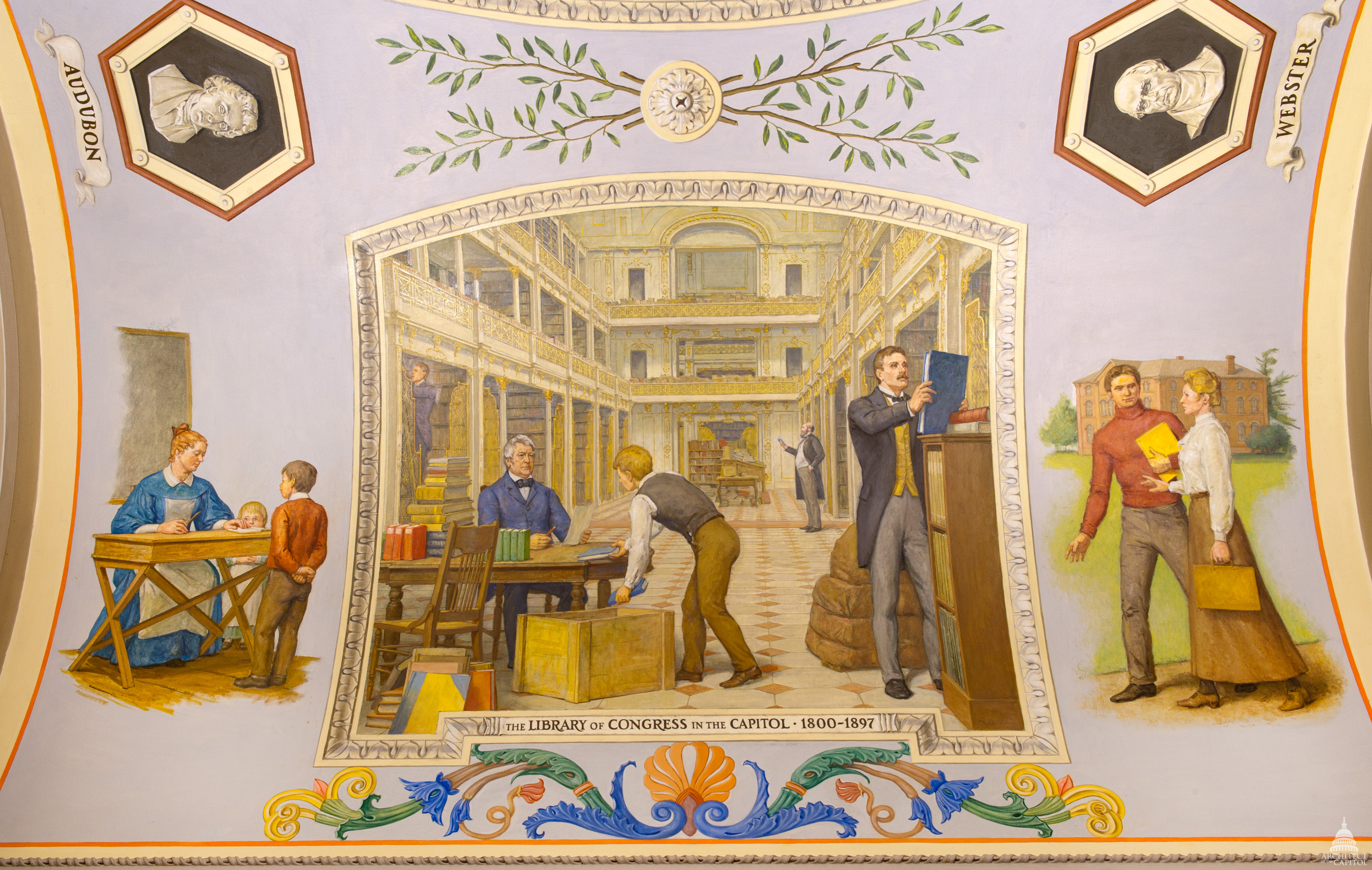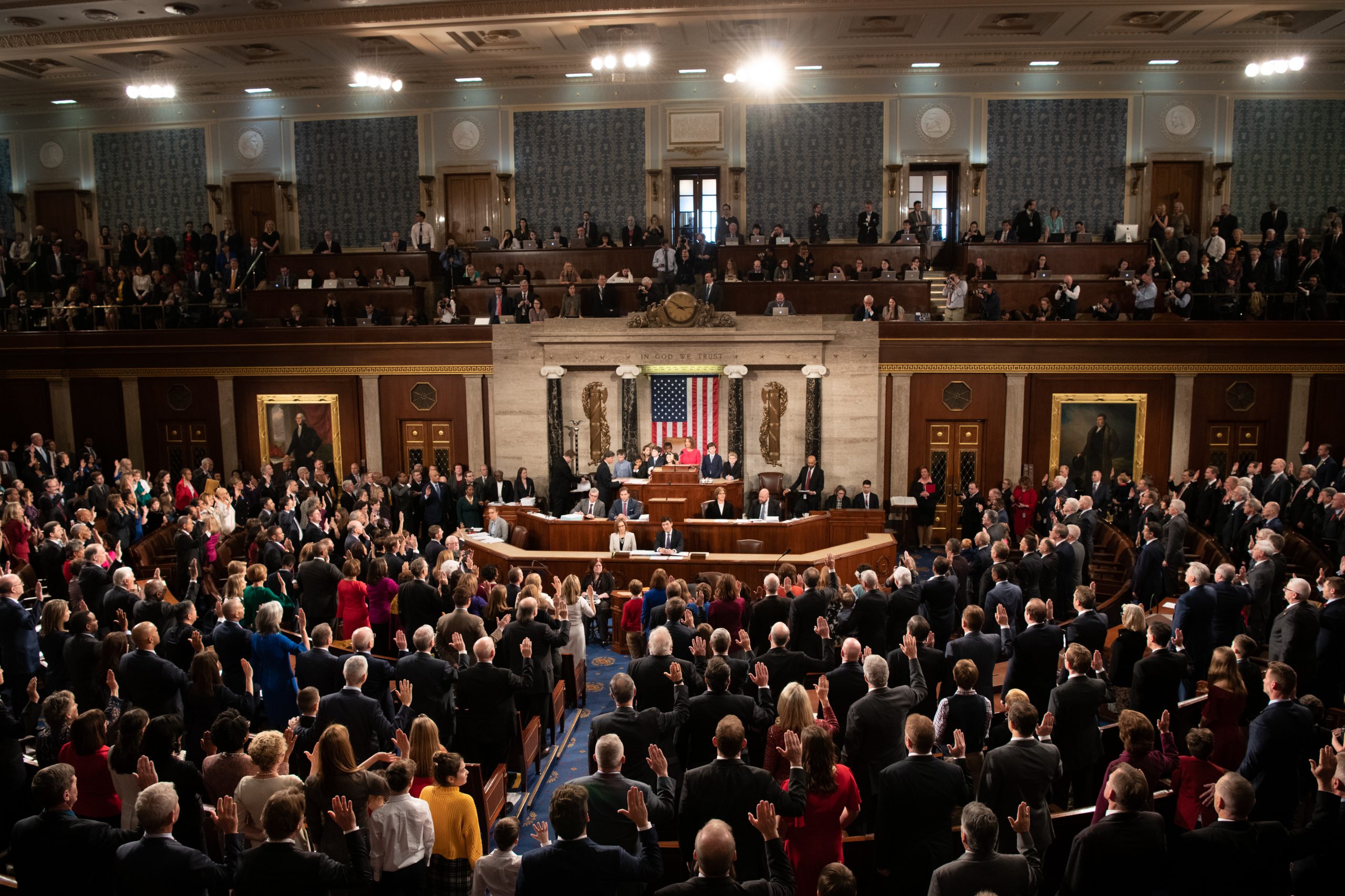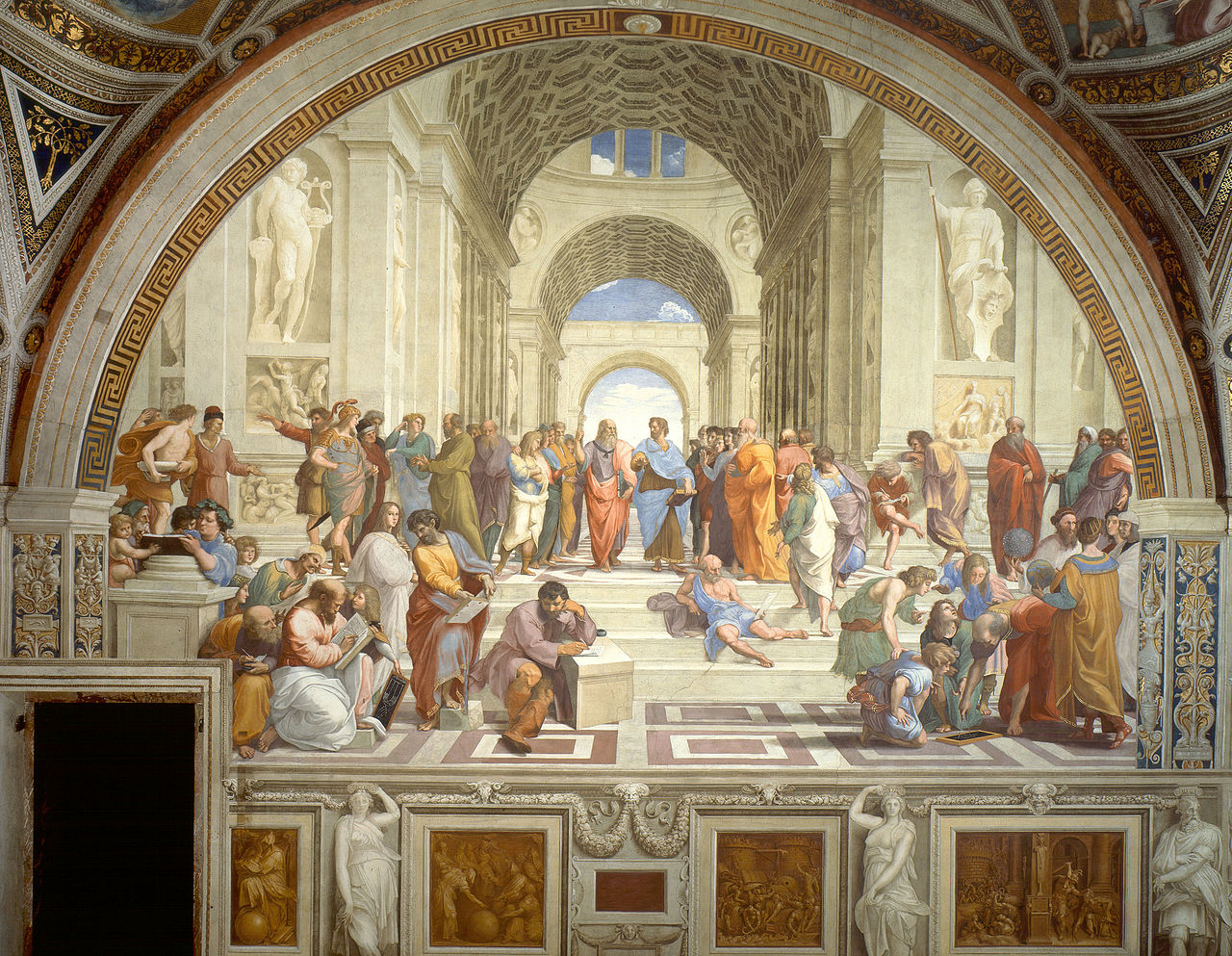Holiday Load Forecasting Using Fuzzy Polynomial Regression With Weather Feature Selection and Adjustment
- Home Page 427

Workspace / Commission Internationale de l’Eclairage
This content is accessible to paid subscribers. To view it please enter your password below or send mike@standardsmichigan.com a request for subscription details.
Database of Accredited Postsecondary Institutions and Programs
This content is accessible to paid subscribers. To view it please enter your password below or send mike@standardsmichigan.com a request for subscription details.
S. 4865 Full-Service Community School Expansion Act
This content is accessible to paid subscribers. To view it please enter your password below or send mike@standardsmichigan.com a request for subscription details.
Spray Application Using Flammable or Combustible Materials
This content is accessible to paid subscribers. To view it please enter your password below or send mike@standardsmichigan.com a request for subscription details.
S. 1750 Clean School Bus Grant Program

Photo by Architect of the Capitol | Left: The teacher and children in a “little red schoolhouse” represent an important part of American education in the 1800s.
Right: Students attend a land grant college, symbolic of the national commitment to higher learning.
A BILL To establish a working group on electric vehicles, and for other purposes.
Active Shooter & Hostile Event Response Program
We have been following the fast-tracked development of NFPA 3000 Standard for an Active Shooter/Hostile Event Response (ASHER) Program since its launch. We have contributed to it and we have catalyzed education industry trade associations to rally their membership to participate. Keep in mind that there are several other non-profit trade associations moving into this space; each of them assembling experts and preparing curricula to drive conformity, compliance and training revenue. Nothing necessarily wrong with this except that the active shooter risk aggregation is highly “siloed” and setting the standard of care is, well, highly-siloed.
Click on the link below to sample the ideas running through proposed revisions to the next edition:
NFPA 3000 Second Draft Ballot Final
Notice the wordsmithing, the internal coordination and administration, and the referencing to existing and new consensus products emerging in this space.
Similar to the condition in the energy sector in which the federal government has to effectively “clear the market” of redundancy and destructive competition among market participants (i.e. trade associations), we may find that some form of federal legislation may be required. As we explain in our post on the National Technology Transfer and Advancement Act that there lies a risk of damping normal, healthy “animal spirit” competition among trade associations.
All that said, NFPA consensus products are very familiar to the public safety culture in local and state governments so it is wise to keep pace; if not lead when necessary. Note that NFPA 3000 is a trademarked consensus product; tantamount to becoming a “code” that can be incorporated by reference into public safety laws at all levels of government.
Principal and Alternate Votes on the NFPA Technical Committee from educational institutions: Harvard School of Public Health, Auburn University, Missouri State University, University of Connecticut and Vanderbilt University. None of them are casting User-interest votes according to the NFPA Classification of Committee Members. In other words, no representative of an entity that is subject to the provisions of the standard or that voluntarily uses the standard — such as a student or a teacher — has a vote on this committee. They will depend upon the standard of care set by other interest categories. See our ABOUT to understand why this is.
The next several milestones in the NFPA 3000 development are listed below:
First Draft Meeting Minutes (from the November 6-9 face-to-face meetings in New Orleans)NFPA 3000_A2020_ACT_AAA_FDminutes__11_18
NFPA 3000_A2020_ACT_AAA_FDagenda_11_18First Draft Report Posting Date:March 11, 2019Public Comment Closing Date: June 5, 2019Second Draft Report Posting Date: January 22, 2020NITMAM Closing Date: February 19, 2020NITMAM Posting Date: April 1, 2020
Normally, NITMAMs are heard at the NFPA Annual Conference and Expo. It is likely that the NFPA Standards Council will release NFPA 3000 for use by regulating agencies in lieu of the meeting that would have taken place in June. (CLICK HERE for information about cancellation of the NFPA Annual Conference)
We keep NFPA 3000, along with other emergent school security standards, on the agenda with our Security, Risk and Pathway teleconference See our CALENDAR for the next online meeting; open to everyone.
Issue [18-15]
Category: Public Safety, Risk Management
Colleagues: Mike Anthony, Richard Robben
LEARN MORE:
U.S. Department of Homeland Security / Active Shooter: How to Respond
New update alert! The 2022 update to the Trademark Assignment Dataset is now available online. Find 1.29 million trademark assignments, involving 2.28 million unique trademark properties issued by the USPTO between March 1952 and January 2023: https://t.co/njrDAbSpwB pic.twitter.com/GkAXrHoQ9T
— USPTO (@uspto) July 13, 2023
Standards Michigan Group, LLC
2723 South State Street | Suite 150
Ann Arbor, MI 48104 USA
888-746-3670














